Search
Did you mean: Deir el-Medina?
Summary 
Loading AI-generated summary based on World History Encyclopedia articles ...
Search Results

Definition
Deir el-Medina
Deir el-Medina is the modern Arabic name for the worker's village (now an archaeological site) which was home to the artisans and craftsmen of Thebes who built and decorated the royal tombs in the nearby Valley of the Kings and Valley of...

Image
Worker's Tomb, Deir el-Medina
A worker's tomb at the site of Deir el-Medina, a village for artists and masons who built the royal tombs in the nearby Valley of the Kings, Egypt. The village was in continuous use from the time of Thutmose I (1520-1492 BCE) until the collapse...
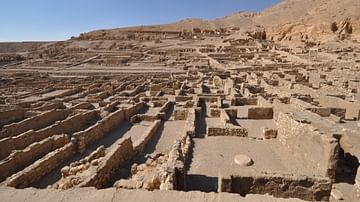
Image
Deir el-Medina
The site of Deir el-Medina, a worker's village for artists and masons who built the royal tombs in the nearby Valley of the Kings, Egypt. The village was in continuous use from the time of Thutmose I (1520-1492 BCE) until the collapse of...
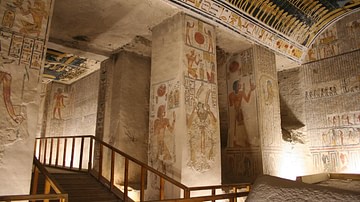
Article
Tomb Robbing in Ancient Egypt
The tombs of the great kings and nobles of Egypt were built to safeguard the corpse and possessions of the deceased for eternity and yet, while many have endured for thousands of years, their contents often disappeared relatively quickly...
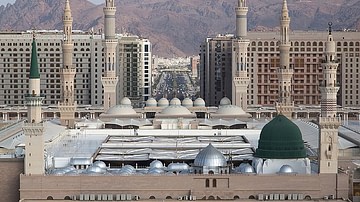
Definition
Prophet Muhammad
Muhammad ibn Abdullah (l. 570-632 CE) is venerated today as the Prophet of Islam and the “seal of Prophets” by his followers – the Muslims. Muslims believe that Muhammad was the last – hence the “seal” – of many prophets before him in Judaism...
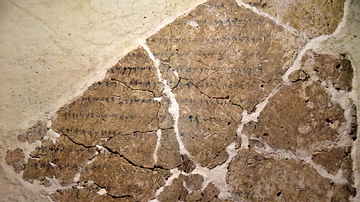
Image
The Bal'am Text from Deir Alla
This is a detail of the so-called "Bal'am Text" (also Balaam Inscription) which was discovered in 1967 CE at Tell Deir Alla, in modern-day Balqa Governorate, Jordan. It was written in around 800 BCE. It was written in black and red ink on...
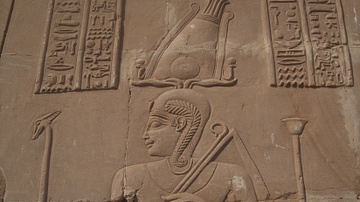
Image
Relief of Khonsu, Deir el-Hagar
Detail of Khonsu on a larger relief depicting the god alongside Mut and Amun making offerings to the Roman Emperor. Temple of Deir el-Hagar, Dakhla Oasis. 1st Century CE, Roman era. Image used courtesy of Ancient World Image Bank (New York...
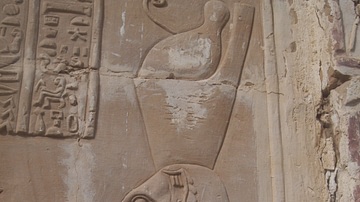
Image
Relief of Mut, Deir e-Hagar
Detail of Mut on a larger relief depicting the goddess alongside Khonsu and Amun making offerings to the Roman Emperor. Temple of Deir el-Hagar, Dakhla Oasis. 1st Century CE, Roman era.
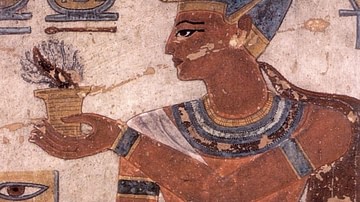
Article
The First Labor Strike in History
The most important cultural value in ancient Egypt was harmony; known to the Egyptians as ma'at. Ma'at was the concept of universal, communal, and personal balance which allowed for the world to function as it should according to the will...
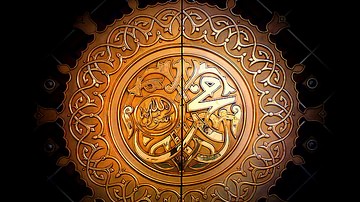
Image
Gates of the Prophet's Mosque, Medina
Photo of the inscription on the gates of the Mosque of the Prophet (Arabic: Al-Masjid an-Nabawī) in Medina, Saudi Arabia. The inscription has the name of Prophet Muhammad, followed by his title "the apostle of God". A black vignette has...